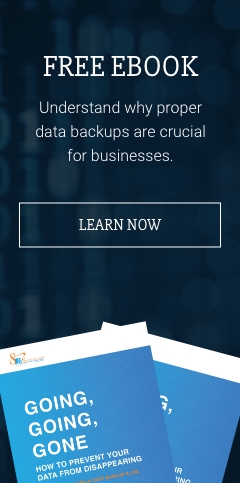In a medieval castle, the first line of defense was typically a moat. And if attackers managed to get past the moat, they’d still have high walls to contend with. Inside the castle was a keep, a fortification barricaded behind stone walls and iron portcullises that was the most secure part of the estate. This multilayered approach to protecting something is just as relevant now as it was then. The only difference is that we’re not talking about protecting the king’s treasure, but about digital data — the most valuable commodity on the planet these days.
Given the enormous challenges facing information security teams these days, it’s essential to take a similarly multilayered approach to protecting your digital assets. Multilayered network security follows the complete life cycle of data entering and leaving your organization, thereby allowing businesses to intercept threats at various stages.
As one layer, user education helps employees to better identify social engineering scams, while content filtering acts as another layer to block malware and protect individual computers.
Good security starts with the human element
A robust cybersecurity infrastructure is just as much about people as it is technology. In fact, most data breaches stem from human error. People fall for social engineering scams, while poor security habits like reusing or sharing passwords are frighteningly widespread. However, there’s a lot more to security than simply telling users not to click on unsolicited links or email attachments. Among the most dangerous threats are those launched by scammers who impersonate legitimate companies and operatives.
Since most cyberattacks exploit the human element, the first and most important factor in any layered network security infrastructure is awareness training. Instead of thinking about security as something that only the IT department has to worry about, modern businesses must be driven by a culture of accountability that keeps data security and privacy at the forefront of everyone’s minds. Though important, the development of policies and best practices are only ever as effective as your employees’ ability to follow them.
Content filtering helps keep malware out
Technological security measures can never replace the human factor, but they can augment the capabilities of your employees by automating routine tasks. For example, network and content filtering systems provide an initial layer of defense that keeps out the majority of threats using a database of known malicious websites and apps. More sophisticated solutions take the extra step of detecting potentially suspicious behavior and automatically reporting it. This helps keep the false positives to a minimum, thereby maximizing productivity and reducing human error.
Today, many businesses outsource some or all of their security operations to add an extra layer of protection. Because most content filtering solutions are cloud-based, they’re safe from attacks targeting individual businesses. Administrators can also customize their content-filtering to align with company policies and specific operational conditions. By placing an external layer of protection that lies between your business network and the wider internet, you can prevent most threats from ever reaching your internal firewall in the first place.
Endpoint protection keeps you safe from insider threats
Some of the most dangerous vulnerabilities give hackers the means to bypass your network security systems and go straight for the motherlode. If the vulnerability is serious enough, they might be able to obtain unhindered access to your servers, workstations, or mobile devices. Mobile devices are especially vulnerable since they’re prone to getting lost or stolen. Another risk is insider threats, whether due to negligence or malicious activity.
Today’s attack methods require much more than conventional antivirus defenses. You need to retain full visibility into every data-bearing device used for work, and that includes knowing who has access to it, when, and why. You need the means to lock down compromised accounts or remotely wipe lost or stolen devices of any sensitive data. Yet another layer to endpoint protection is multifactor authentication, which adds a further verification method rather than relying on passwords alone.
Safebit Solutions offers Houston businesses a five-layer approach to small-business cybersecurity. Give us a call today or download or free eBook to learn more about it!


